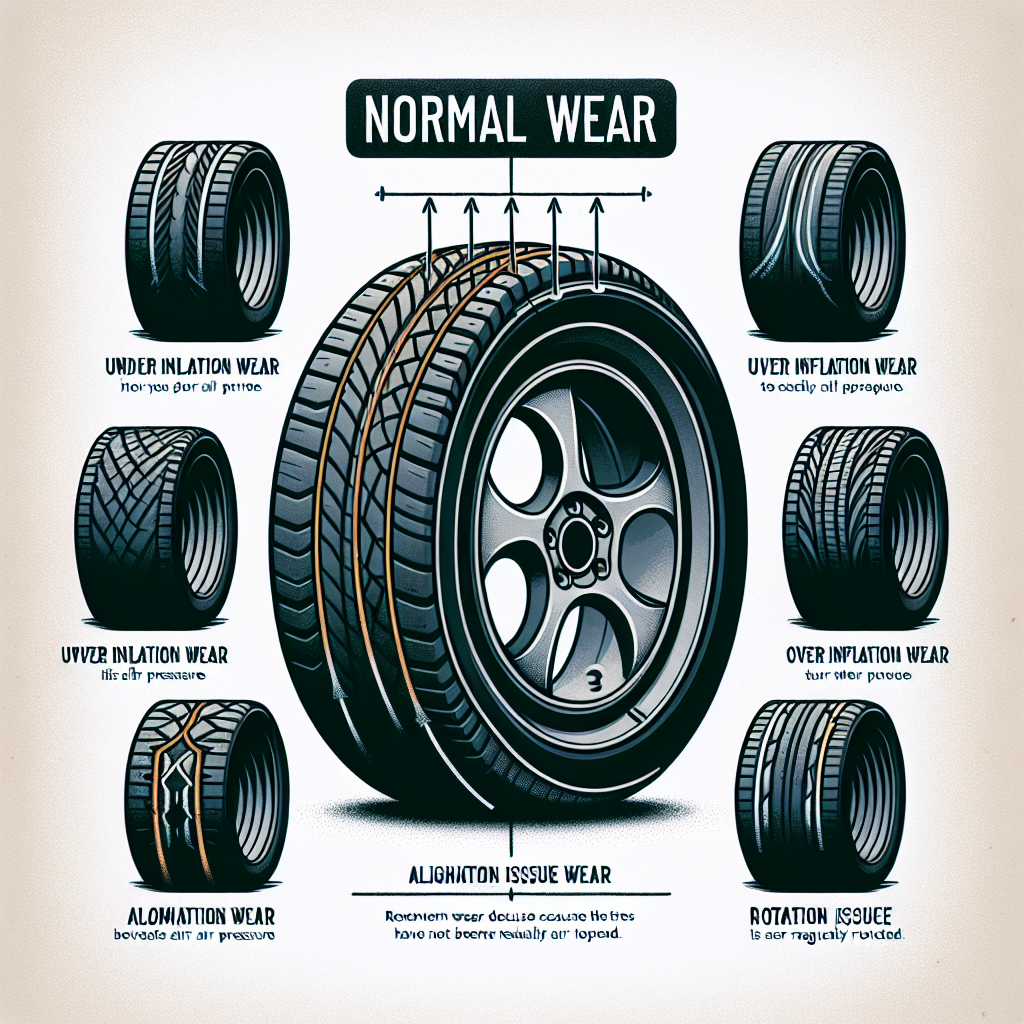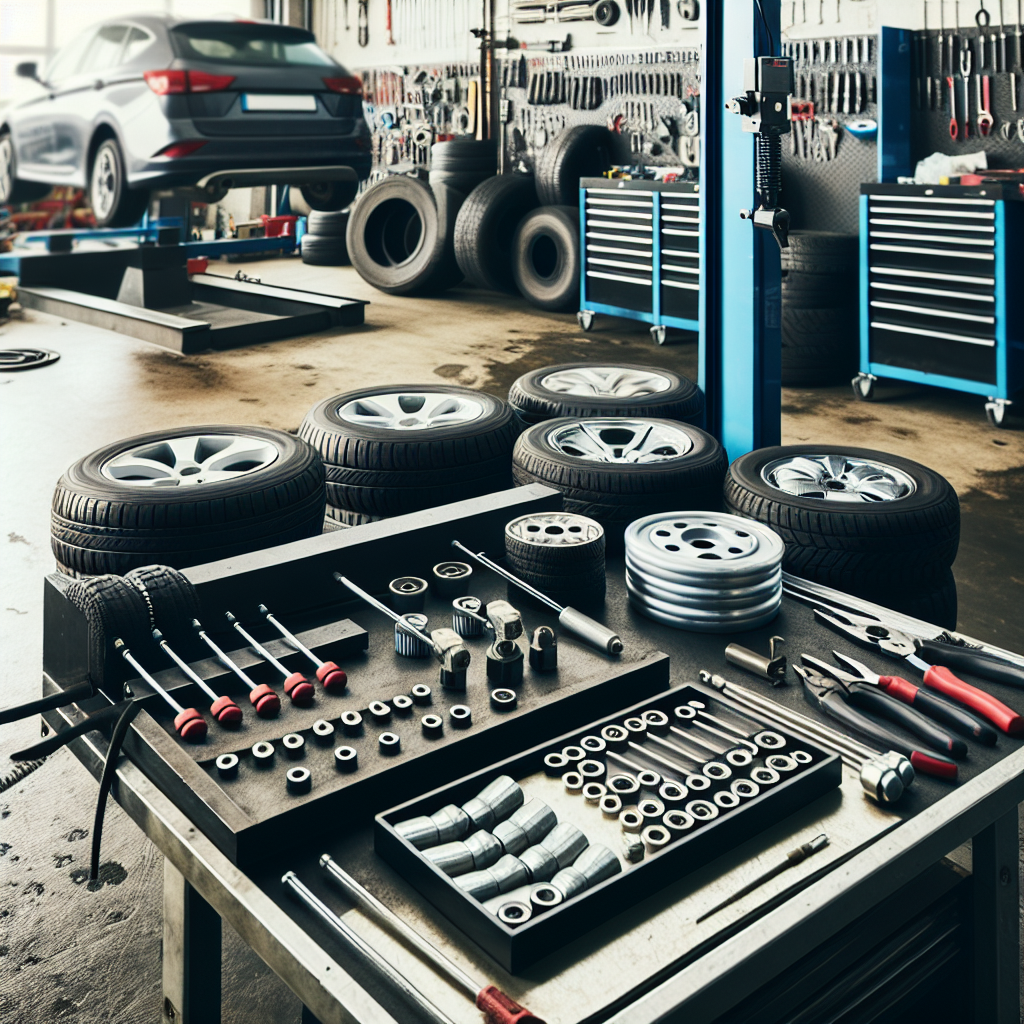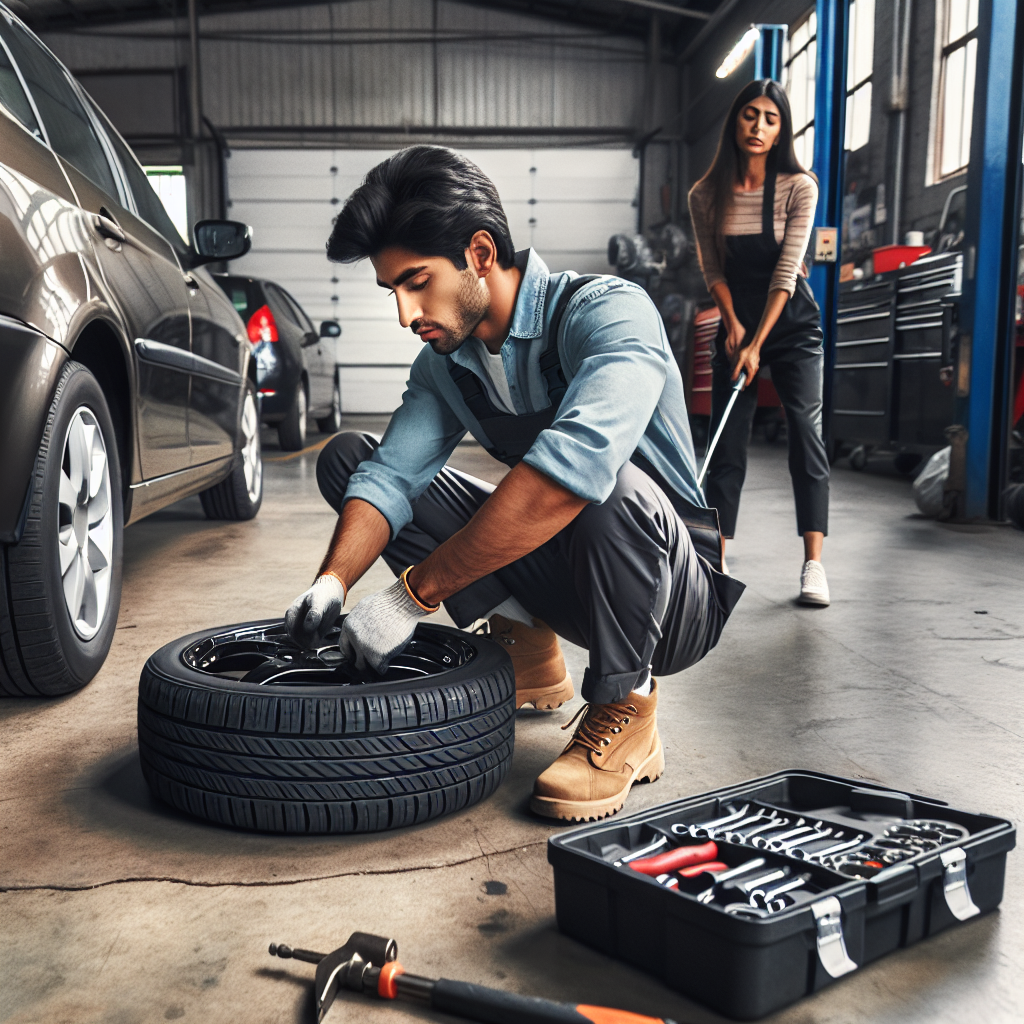Translate
How to Prevent Uneven Tire Wear
Uneven tire wear is a common problem for drivers, but it's also a preventable one. Understanding the causes of tire wear and implementing the right maintenance strategies can extend the life of your tires, improve your vehicle's performance, and enhance safety on the road.
This article will guide you through the steps to prevent uneven tire wear and recognize steer tire wear patterns and toe-in tire wear.
Tire wear is a natural part of driving, but uneven or excessive wear indicates an issue with your vehicle that needs attention. Proper tire maintenance and regular checks can help prevent uneven wear and save you money in the long run.
Common Causes of Uneven Tire Wear
- Improper Inflation: Both over-inflation and under-inflation can cause uneven tire wear. Over-inflated tires tend to wear more in the center, while under-inflated tires wear on the edges.
- Misalignment: When your vehicle's suspension is not aligned correctly, it can cause your tires to wear unevenly.
- Misalignment often leads to 'toe in tire wear', where the front of the tires are closer together than the rear, resulting in the edges wearing down more quickly.
- Unbalanced Tires: Tires that are not balanced correctly will cause the vehicle to vibrate, which can lead to uneven tire wear.
- Worn Suspension Components: Worn-out shocks or struts can cause the tire to bounce on the road, leading to uneven wear.
- Driving Habits: Aggressive driving, such as hard braking, fast acceleration, and sharp turns, can cause tires to wear unevenly.
Regular Maintenance to Prevent Uneven Tire Wear
Maintaining your tires is crucial to prevent uneven wear. Here are the maintenance steps you should regularly take:
Check Tire Pressure Monthly
Maintaining the correct tire pressure is one of the simplest and most effective ways to prevent uneven tire wear. Check your tire pressure at least once a month and before long trips. Refer to your vehicle's manual or the sticker on the door jamb for the recommended pressure.
Rotate Your Tires
Tire rotation is essential for achieving uniform wear for all tires. It's typically recommended to rotate your tires every 5,000 to 8,000 miles. However, check your vehicle's manual for specific recommendations.
Align Your Wheels
Get your wheel alignment checked annually, or if you notice steer tire wear patterns or your vehicle pulling to one side. Proper alignment ensures that your tires make contact with the road at the right angle.
Balance Your Tires
When you get new tires, make sure they are balanced, and have them rebalanced every time you rotate them. This ensures that weight is distributed evenly around the entire circumference of the tire.
Inspect Suspension and Steering Systems
Worn or damaged suspension and steering components can lead to uneven tire wear. Have your suspension system checked regularly by a professional.
Recognizing Tire Wear Patterns
Understanding different tire wear patterns can help diagnose potential vehicle issues. Here are some patterns to look out for:
Center Wear
Center wear is often due to over-inflation. The tire's center makes the most contact with the road, causing it to wear out faster than the edges.
Edge Wear
Under-inflated tires tend to wear more on the outer edges. Maintaining the correct tire pressure can prevent this pattern.
Cupping or Dipping
Cupping, also known as dipping, occurs when parts of the tire are wearing unevenly. It's often a sign of a worn suspension system.
Feathering
Feathering happens when the edge of each tread rib develops a slightly rounded edge on one side and a sharp edge on the other. It's often a sign of poor toe alignment.
Heel-Toe Wear
This wear pattern appears when one side of each tread block wears down more quickly than the other in a circumferential direction. It may indicate under-inflation, lack of rotation, or an issue with the suspension.
Patch Wear
Patch wear is when you find spots of wear in certain areas of the tire. It often indicates an issue with wheel balance.
Proactive Driving Habits
Your driving habits significantly impact tire wear. To minimize wear, practice smooth and controlled driving:
- Accelerate gently
- Brake softly and gradually
- Take turns at reasonable speeds
- Avoid potholes and road debris
These habits not only contribute to even tire wear but also improve overall vehicle performance and safety.
When to Replace Tires
Even with the best maintenance, tires will eventually wear out and need replacement. Watch for these signs:
- Tread depth is below 2/32 of an inch
- Tires are more than six years old, regardless of use
- Visible tire damage, such as cuts or bulges
Always replace tires with the same size and performance characteristics as the originals for the best handling and stability.
Conclusion
Uneven tire wear can be costly and dangerous, but it's often preventable with proper maintenance and attention to driving habits. By understanding the causes and patterns of tire wear, maintaining correct tire pressure, rotating and balancing tires regularly, aligning wheels, and checking your suspension system, you can extend the life of your tires and ensure a safer driving experience.
Remember to replace your tires when necessary, and always keep an eye on their condition. With these practices, you'll not only save money on tire replacements but also enjoy a smoother ride.
You may like these posts
🔓 Get Full Access : marketing2advertising.com
Answer a few quick questions to unlock articles and free courses.
✅ Thank you! Access unlocked.
.gif)





0 Comments
for business Email us: marketing2advertising.com@gmail.com
#youtube #Amazon #Facebook #Google #Wordle #Weathe #News #marketing2advertising #X